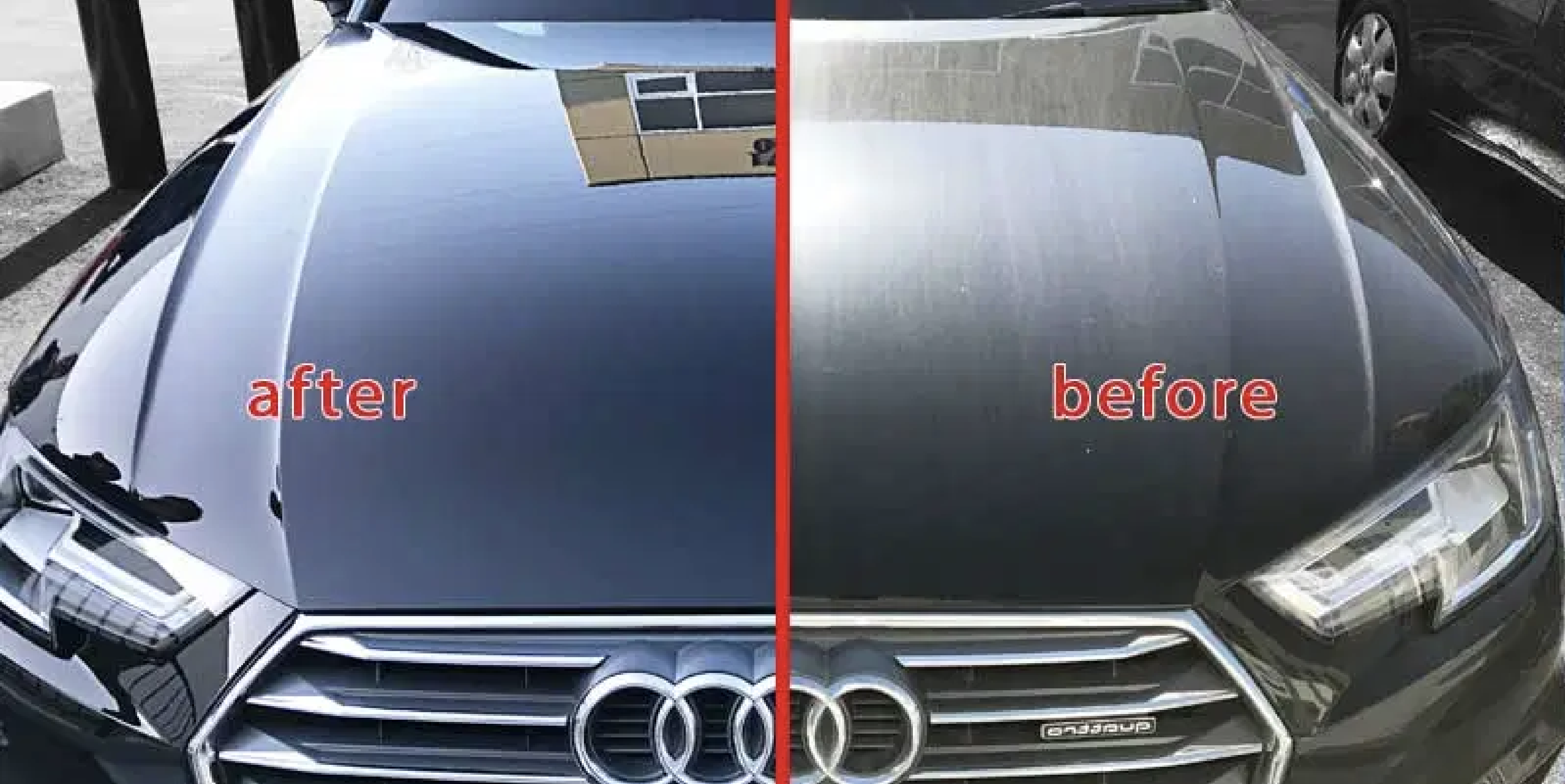Experience fast scratch repair Sarasota for a like-new vehicle finish.
Experience fast scratch repair Sarasota for a like-new vehicle finish.
Blog Article
A Comprehensive Guide to the Kinds of Ceramic Finishing on the Market
Ceramic finishes have actually arised as a critical remedy across different markets because of their special properties and applications. From silica-based formulations known for their effectiveness to hybrid alternatives that merge numerous benefits, the options readily available can be overwhelming. Understanding the nuances of each type, including their details advantages and optimal use cases, is vital for making notified choices. As we discover the unique features and applications of these coatings, the implications for performance and long life come to be increasingly evident, elevating inquiries about which kind might ideal fit your requirements.
Understanding Ceramic Coatings
Ceramic finishes are sophisticated protective solutions that have gotten appeal in different markets, especially in automobile and aerospace applications. These finishes include a fluid polymer that, when healed, creates a long lasting, hydrophobic layer on the surface of the substratum. This layer supplies boosted resistance to ecological contaminants, UV radiation, and chemical exposure, thereby prolonging the life and aesthetic appeal of the underlying product.
The essential component of ceramic finishings is silica, which adds to their hardness and resilience. The application procedure commonly includes surface area preparation, application of the layer, and healing, which can be accomplished through warm or UV light. Once cured, ceramic finishes show remarkable bonding homes, allowing them to stick strongly to a selection of surface areas, consisting of metals, plastics, and glass.
In enhancement to their safety functions, ceramic coverings additionally supply simplicity of upkeep. Their hydrophobic nature lowers the adherence of dust and gunk, making cleaning less complex and less frequent. In general, the adoption of ceramic coatings represents a significant development in surface area protection technology, providing both functional and visual benefits across numerous sectors.
Kinds of Ceramic Coatings
Numerous types of ceramic finishings are readily available, each created to fulfill certain efficiency requirements and applications - scratch repair sarasota. One of the most common kinds consist of:
Silica-based Coatings: These finishes mostly contain silicon dioxide and are understood for their resilience and chemical resistance. They are commonly made use of in automotive and industrial applications.
Titanium Dioxide Coatings: Distinguished for their photocatalytic residential properties, titanium dioxide coverings are often used in environments where self-cleaning and antifungal buildings are desirable, such as in structure materials and automobile surfaces.
Zirconia Coatings: Characterized by their high-temperature stability and thermal resistance, zirconia layers are made use of in applications such as generator engines and high-performance auto parts.
Alumina Coatings: Displaying outstanding solidity and thermal stability, alumina finishings are regularly utilized in wear-resistant applications, including cutting devices and commercial machinery. - Paint Protection Film
Hybrid Coatings: Incorporating the properties of various materials, crossbreed layers use boosted efficiency attributes, making them suitable for one-of-a-kind and requiring applications.
Each type of ceramic finishing serves distinct purposes, enabling individuals to pick the most ideal service based upon certain environmental conditions and efficiency demands.
Benefits of Ceramic Coatings
Ceramic finishings, in certain, offer various benefits that make them increasingly prominent among suppliers and customers alike. These layers are resistant to scrapes, chemicals, and UV rays, guaranteeing that the underlying surface continues to be safeguarded over time.
In addition to resilience, ceramic finishes offer exceptional hydrophobic homes, permitting simple cleaning and upkeep. This water-repellent nature decreases the adherence of dirt, crud, and various other pollutants, which can lengthen the visual allure and capability of the surface. Ceramic finishings can considerably improve thermal resistance, making them excellent for applications that sustain high temperature levels.

Application Process
When applying ceramic coverings, a precise strategy is necessary to attain optimal results. The application process typically starts with complete surface area preparation. This entails washing, decontaminating, and polishing the surface to get rid of all impurities, consisting of dust, oil, and prior waxes or sealants. A tidy surface area guarantees correct attachment of the covering.
When the surface is prepped, the next action is to apply the ceramic finish. This can be done using an applicator pad or a microfiber cloth, making certain even insurance coverage. It is crucial to function in small sections to maintain control and prevent early treating. The covering should be used in slim layers, as thicker applications can lead to unequal surfaces.
After application, the coating needs a certain curing time, generally varying from a few hours to a full day, relying on the product. During this time around, it is crucial to stay clear of exposure to wetness or pollutants. Ultimately, a mild buffing may be needed after healing to improve the gloss and get rid of any high areas. Complying with these steps diligently will take full advantage of find more info the performance and durability of the ceramic finish, offering a durable protective layer for the surface area.
Maintenance and Longevity
To make certain the long life and effectiveness of a ceramic finishing, normal upkeep is important. Ceramic finishings, understood for their resilience and protective qualities, call for details treatment regimens to optimize their life expectancy and efficiency.
Along with normal cleaning, routine evaluations are vital. Look for indicators of wear or damages, such as hydrophobic buildings lessening or surface area imperfections. If needed, a light gloss may be put on renew the layer without stripping it away.
Moreover, the application of a booster spray can improve the coating's hydrophobic results and recover its gloss. This is especially useful for coverings that have actually remained in use for an extended period. Inevitably, by sticking to these maintenance practices, one can substantially extend the life of a ceramic finishing, making certain that it remains to give optimal security versus ecological elements and maintain the visual allure of the lorry.
Final thought

Report this page